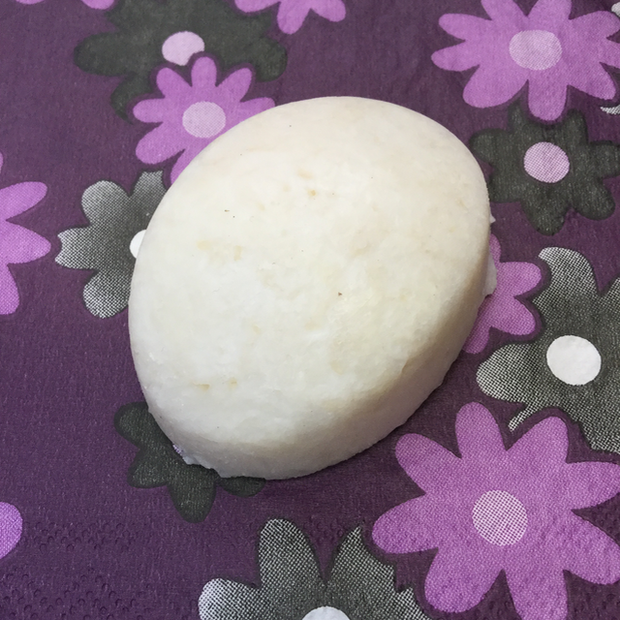I am writing this post to create a place where you can find all the questions you might have about shampoo bars! I will only be answering those that were emailed to me or posted as a question on the blog in the comments or in this post, Shampoo Bar questions, share them here! I’ll…

